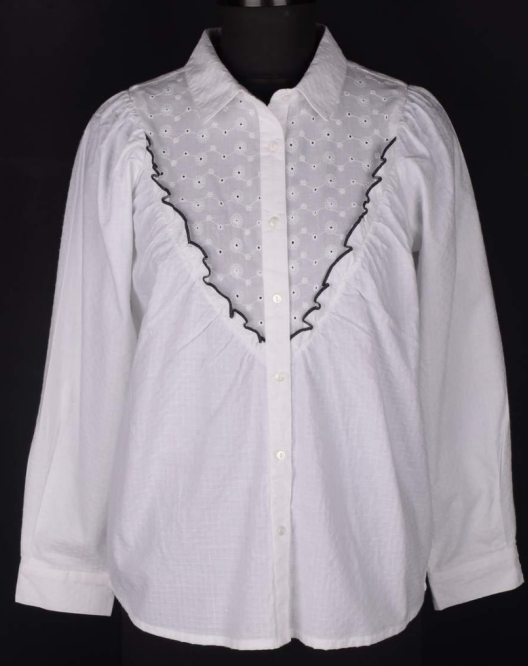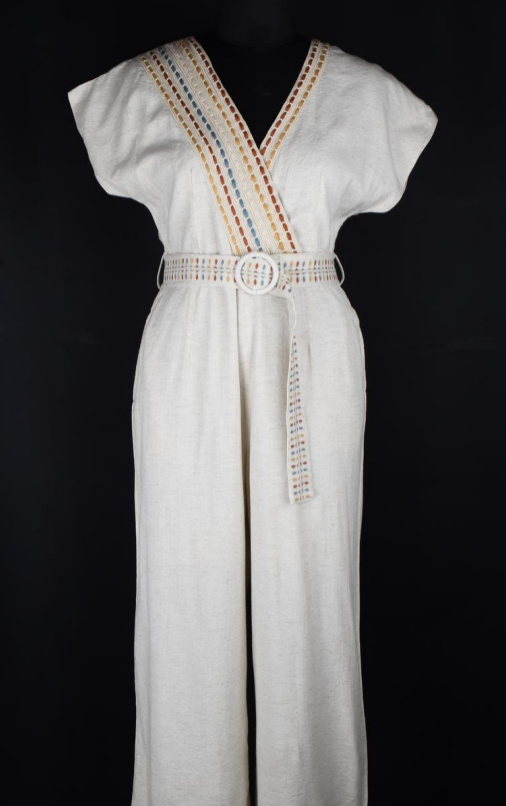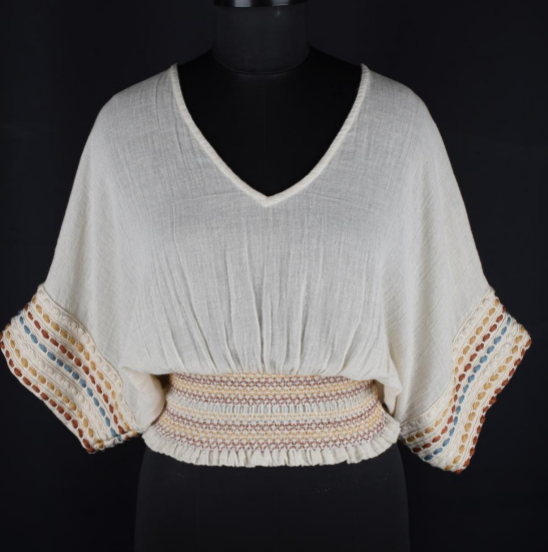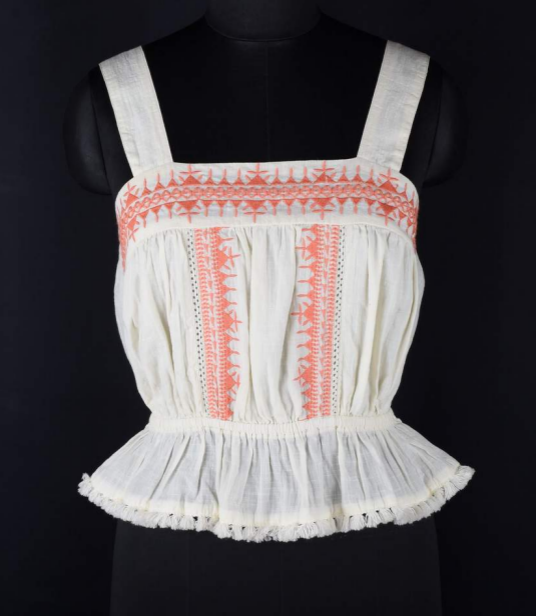Overseas Manufacturing Costs For US Brands
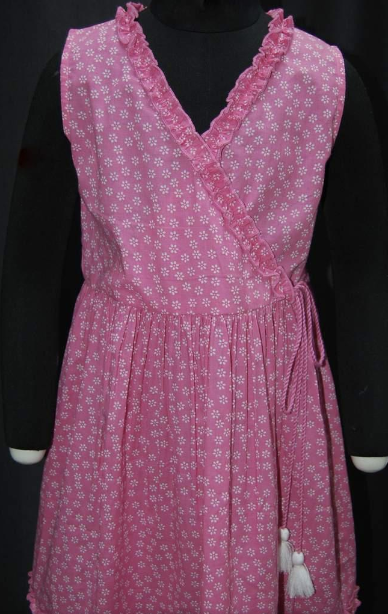
Made in US or domestic manufacturing is a great benefit for brands as it ensures consumers that the products are of utmost quality. However, domestic manufacturing comes with a hefty initial cost. This is generally not feasible for startups and small brands, so overseas manufacturing becomes one of the best ways to move forward.
But what is the cost associated with overseas manufacturing? Is it really that much lower than domestic manufacturing? The short answer is yes. To help you understand the details of it, here’s a breakdown of the different types of costs associated with domestic manufacturing and how much it can cost you if you’re opting for overseas manufacturing.
Cost Breakdown of Overseas Manufacturing vs Domestic Manufacturing
-
Labour Costs
This is the biggest cost difference you’ll notice when it comes to opting for overseas manufacturing. Domestic manufacturers that use American citizens for the manufacturing process will have higher labour costs due to governmental guidelines and general skill of the labours. Opting for overseas manufacturing allows you to hire workers of similar skill level at a significantly lower cost thanks to currency conversion being in your favour. For example, the per unit garment labour cost for domestic manufacturing in the US starts from around $15 and can go beyond $50. For overseas manufacturing, the per unit labour cost can be as low as $3, without compromising too much on garment quality.
-
Sample Making Cost
When you’re working with a manufacturer, you’ll need to make samples to understand their product quality and how your designs are shaping up in reality. The sample manufacturing cost involves taking your designs and going through the complete manufacturing process to create a finished product that you can use to check its market fit and quality standards. The sample manufacturing cost at domestic manufacturing units can be upwards of $100 per sample. The same cost when you opt for overseas manufacturing can be half at $50. These savings do not mean your sample quality will be half of the domestic manufacturers. These benefits arise from currency conversion being in your favour as an US business.
-
Fabric & Trims Cost
The cost of fabric differs based on where you’re manufacturing your garments. This is one of those areas where the quality of the product or service is least different and the major difference is only the price. When you opt for domestic manufacturing, the cost of fabric or trims can be somewhere between $3 to $15 per yard. The same, when you opt for overseas manufacturin,g can be $1 to $8 maximum per yard. This price difference is a reason even domestic manufacturers import their fabric from overseas suppliers. It ensures that the fabric quality is of acceptable quality without breaking the bank.
-
Pattern Making Cost
Pattern making is one of the most important parts of the garment manufacturing process. Having an accurate pattern ensures the fit and sizing of your garments will be appropriate, which ensures better market fit and reduced risk of returns and order cancellations. The pattern making is a labour intensive job that also requires technical assistance. These are reasons pattern making can cost upwards of $100 to $400 per pattern when you choose domestic manufacturing. For overseas manufacturing the same can cost around $50 to $200 maximum. These savings add up and can help you reduce your overall manufacturing costs by almost 50%.
-
Technical Pack Cost
Lastly, the technical pack ensures that the designer’s vision has been accurately transformed into the finished garment and the same process can be replicated again and again without fail. The manufacturing cost of a technical pack in domestic units can reach upwards of $600. However, the same for overseas manufacturers can be availed at a cost of around $100 to $400. The tech pack more or less concludes the manufacturing costs that you’ll have to incur for starting a clothing line.
Conclusion
The remaining costs associated are for shipping and storing. For domestic manufacturing, the shipping costs will be lower since you’ll only need to opt for local surface shipping. For overseas manufacturing, there are certain tariffs and taxes involved as well as the shipping costs and time. However, when you consider all the savings you’ve accumulated by going for overseas shipping, even with tariffs and shipping costs, you’re still saving money. So, if you want to opt for overseas manufacturing, choose one that also has exporting capabilities to reduce the per-unit manufacturing cost overall. CheerSagar is among the top garment manufacturers and exporters in India, with experience of over 20 years manufacturing export-ready garments for the US market. You can check out the website to learn more about the offered services.
Related Blog
How Automation Blessed The Private Label Manufacturers?
The textile industry is one of the largest industries in India. According to the reports, the textile industry accounts for...
A Look Into The Successes & Challenges Of Clothing Exports In India
The Indian clothing exports industry is growing. With over ₹1 trillion in readymade garments export in 2023, the industry is...
Learn About International Women’s Wear Trends From Top Fashion Markets Like Japan, Spain, And South America
As the year comes to a close, it is important to look at the popular fashion trends that came to...

